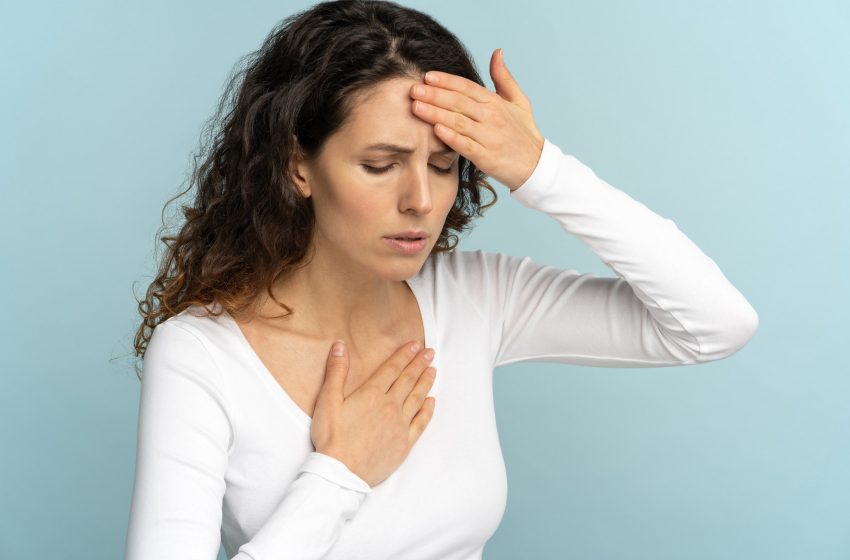
Female Chest Pain Left Side – 10 Proven Causes Of This Pain
Female chest pain left side is becoming more common and it’s primarily because of a variety of ailments. There are many causes of left side chest pain in women, including heart disease, lung problems, and acid reflux. Left-sided chest pain is often felt under the breastbone or in the shoulder blade area.
The most common cause for this type of discomfort is angina which can be treated with medication to help blood flow to your heart. Female chest pain often occurs near the heart and can be caused by a number of things.
According to WebMD, there are four possible causes for this type of pain: cardiac problems, pulmonary disease, gastroesophageal reflux, and musculoskeletal disorders.
More than one cause may apply at once or it might just be one thing that is causing your discomfort. The most important thing you need to do is see a doctor as soon as possible if you’re experiencing any symptoms.
Contents
Cardiac Disease In Women
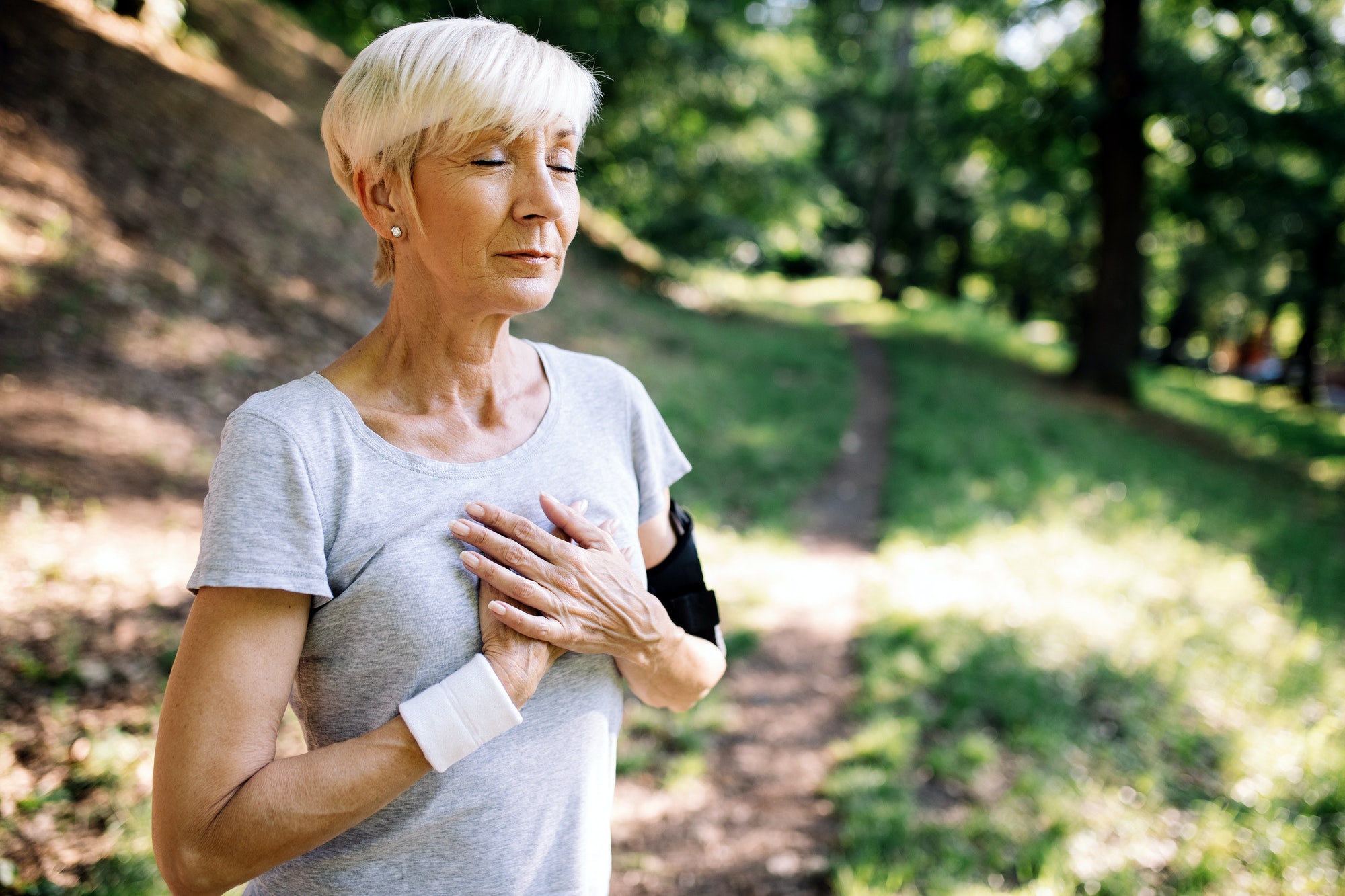
If you are a female and you’re experiencing chest pain in your left side one of the possibilities is that you have cardiac disease. Cardiac disease is when the heart is not functioning properly due to blocked arteries or clogged blood vessels.
WebMD states that females most often experience unstable angina, which means that it starts all of a sudden and comes on out of nowhere. This type of pain can also be brought on by stress, excitement, eating, exertion, or exposure to cold.
Another possibility is that you have a myocardial infarction or heart attack. Myocardial infarction is when there is damage to the heart muscle due to not being able to get enough oxygen in the pelvic region.
They are usually brought on by strenuous activities but can also happen while lying down if your ticker isn’t strong enough for the activity.
WebMD states that left-sided chest pain can also be attributed to heartburn or indigestion, which is something more commonly seen in elderly people.
If you are experiencing any type of chest pain on the left side, it would be best for you to go see your primary care physician as soon as possible so he or she can perform an EKG and other tests to determine what is wrong with your heart before things turn for the worst.
Chest pain on the left side can come from a number of different issues with different vessels, muscles, and valves within your body. It’s important for you to have an understanding of these problems so that if they start occurring, you aren’t caught off guard. Let’s take a look at some other possibilities.
Pulmonary Disease In Women
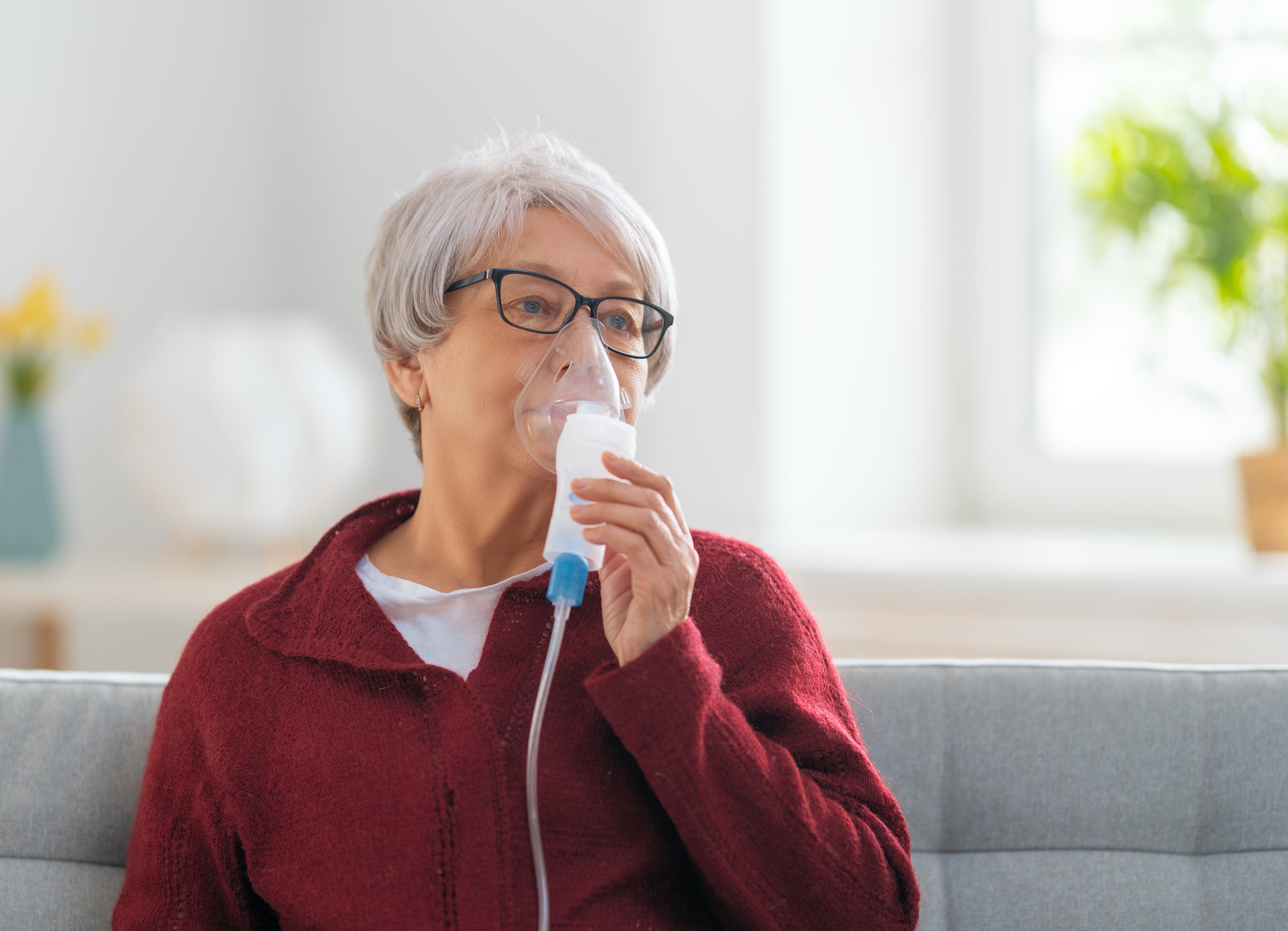
Women that suffer from the pulmonary disease may experience pain on the left side. This happens typically because the left lung doesn’t get enough oxygen. This would be due to conditions like chronic bronchitis, emphysema, and COPD (Chronic Obstructive Pulmonary Disease). Tumors
As you get older, your chances of developing a tumor in your lungs or other organs will increase. If you start experiencing chest pain on the left side that varies with breathing or is accompanied by vomiting blood, then it could be a sign of a tumor.
Chronic Obstructive Pulmonary Disease is where the lining of the bronchi and lungs become inflamed, this causes your airways to narrow. The cause of COPD is unknown, however many people blame tobacco use or environmental factors like fumes.
Other signs of COPD are shortness of breath while exercising or even while resting, wheezing, gagging when inhaling, coughing up yellowish to brown mucus, skin discoloration around the mouth and nose due to lack of oxygen reaching that part of your body.
You might also find yourself waking up more often at night for no apparent reason other than breathing problems.
Gastroesophageal Reflux In Women
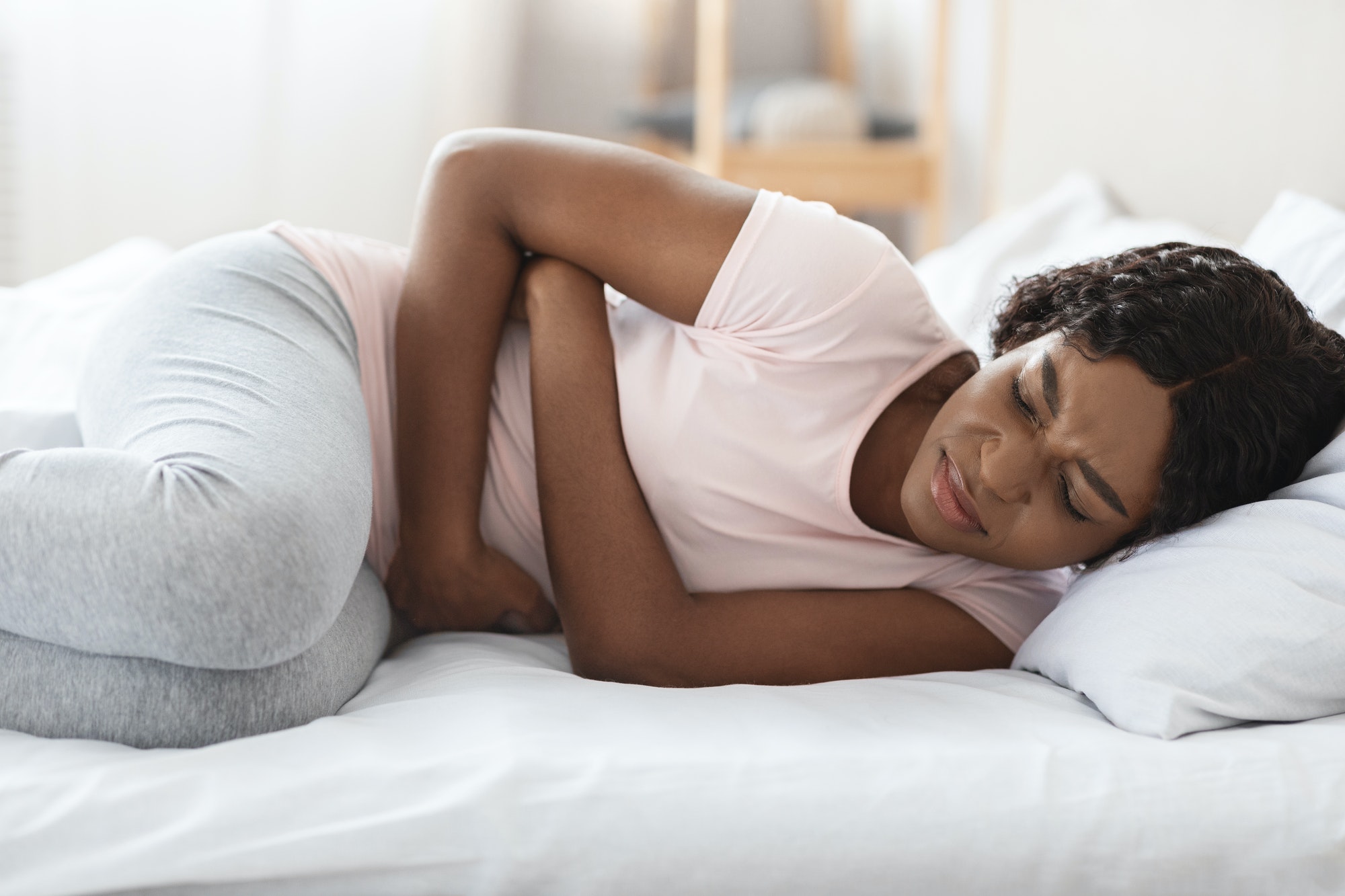
Gastroesophageal Reflux is the re-entry of the acidic contents in your stomach back into your esophagus. This can cause damage or inflammation to the sensitive lining of the esophagus, which results in an unpleasant sensation called heartburn.
Heartburn is characterized by a painful burning feeling when swallowing, coughing, or even slightly bending over. The discomfort might be worse at night and it may wake you up from sleep because you need to sit up for some minutes until the pain subsides.
Gastroesophageal Reflux occurs due to faulty mechanics in the lower end of your digestive system. When this happens, food keeps coming back up through your esophagus resulting in irritation or swelling of its walls.
Heartburn often feels like a burning sensation in the upper abdomen. Nevertheless, it can be felt as a bitter taste or as a sour liquid sensation at the back of your mouth.
In some cases, heartburn attacks are mistaken for chest pain because of their similar symptoms. However, each case has specific characteristics that help identify them more accurately by a health professional.
Musculoskeletal Disorder In Women
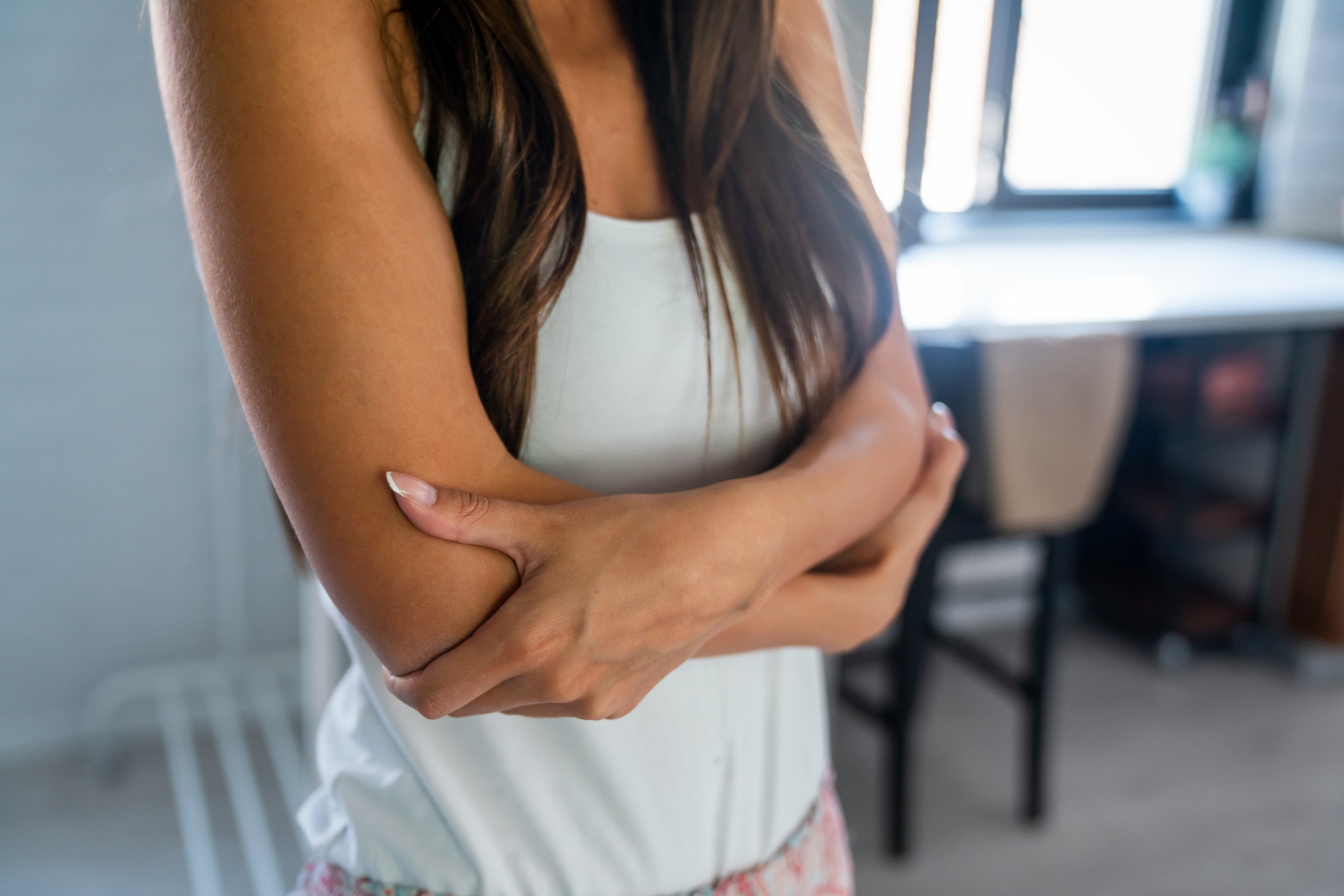
Musculoskeletal disorder is a condition where the bones, muscles, and connective tissues of the body are affected. Women are at a greater risk of developing this disorder especially if they have had one or more traumatic childbirths due to weak pelvic floor muscles.
With this disorder you can experience chest pain in your left side, especially that is brought by a cough or sneeze. The causes of the musculoskeletal disorder are unknown, but they are associated with the following factors:
– Poor posture
– Weak pelvic floor muscles
– Blood flow problems in your veins
This disorder is also called costochondritis. It is characterized by inflammation of the joints between your ribs and breastbone (costochondral region). The pain can easily come and go, or it may occur all the time.
You may only feel the pain when you stretch or move certain parts of your body. Other people experience pain in their left side due to coughing, sneezing, deep breathing, drinking hot liquids, or even laughing too much!
Rest assured that this condition does not cause any life-threatening conditions.
Other Possible Causes Of Female Chest Pain Left Side
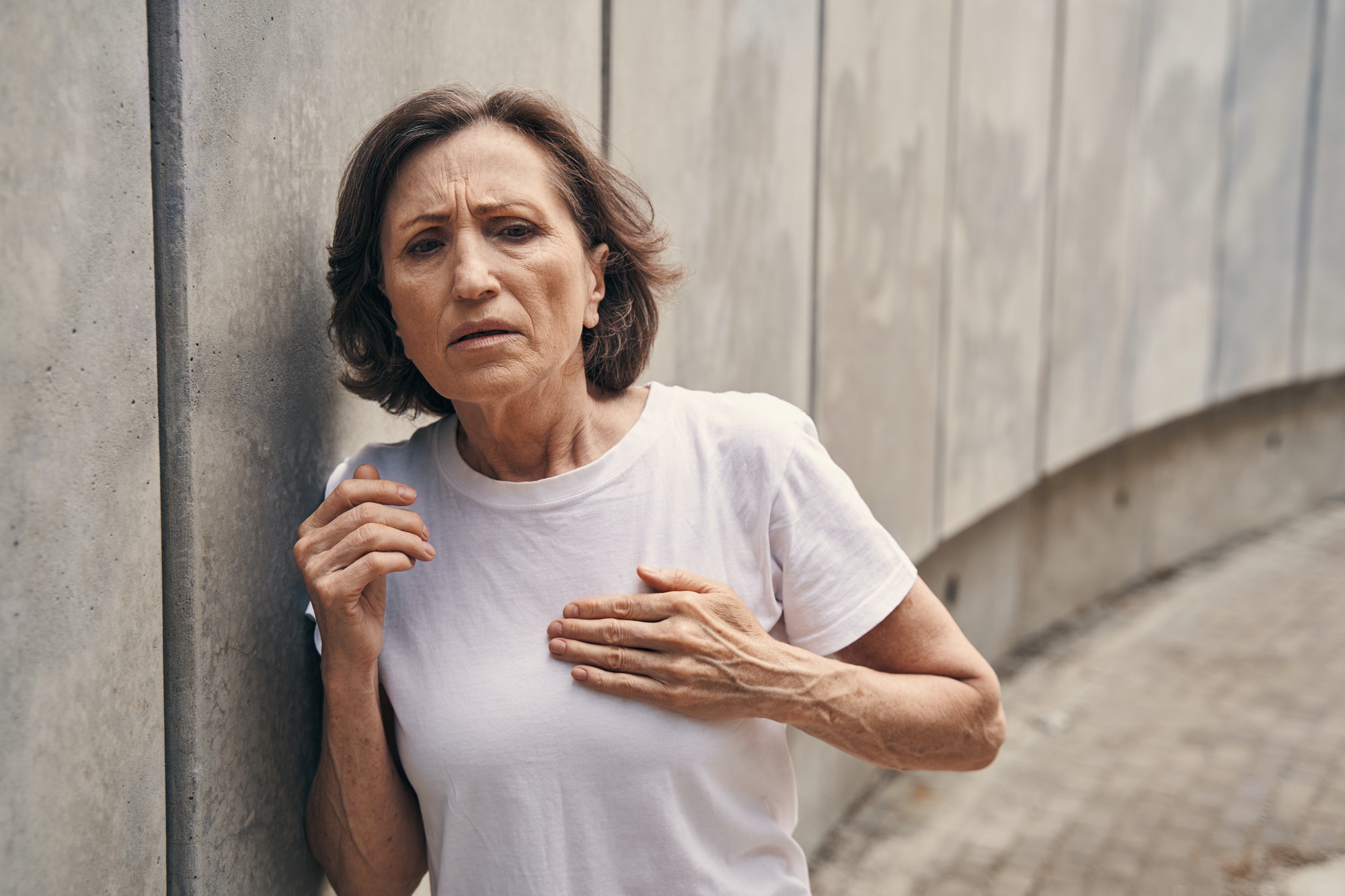
Female chest pain left side can also be caused by the following medical conditions:
Heart attack
A heart attack is a medical emergency. You should call 911 immediately if you experience some of these symptoms:
Gasping for air
Nausea and vomiting
Faintness
Shortness of breath or difficulty breathing
Severe, left-sided chest pain that may spread to your jaw and arms (not panic attacks)
Cancer
Cancer can also cause chest pain on your left side due to metastasis to the spine or ribcage. This can lead to issues such as pleural effusion or lung cancer.
Other cardiovascular diseases like hypertension, pericarditis, and aneurysm
Other causes of left side chest pain can be hypertension, pericarditis, and aneurysm. Each of these has its own sets of symptoms, but the most common symptoms are chest pain and difficulty breathing.
Aortic dissection
A tear in the wall of the aorta which is the major blood vessel that supplies blood to all parts of your body can lead to shock and may cause sudden severe chest pain left side. This is a medical emergency.
Final Thoughts
Chest pain left side can be caused by heart disease, lung cancer, pneumonia, and other medical conditions. Female chest pain left side is not just a symptom but also an indication of something that should be checked out.
The chest area includes the lungs because they are located next to it. Lung cancer symptoms include coughing up blood or phlegm (which may turn pink), wheezing, shortness of breath during exercise, weight loss without trying to lose any pounds, night sweats with no infection present in the body.
These symptoms could indicate lung cancer which has spread beyond the lungs into other organs like your liver or pancreas.
Medical attention needs to be sought if you experience more than one symptom listed above for at least three weeks straight as this could mean that something is wrong with your body.
